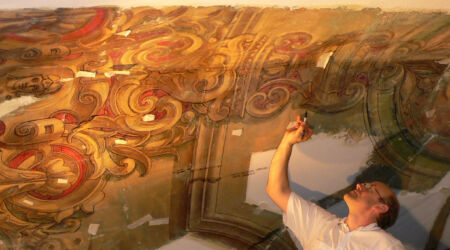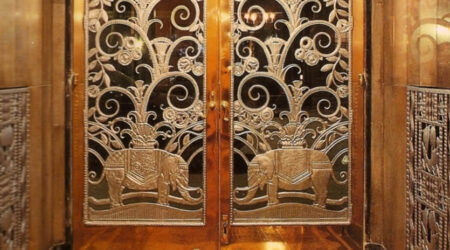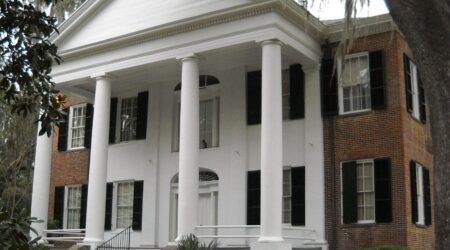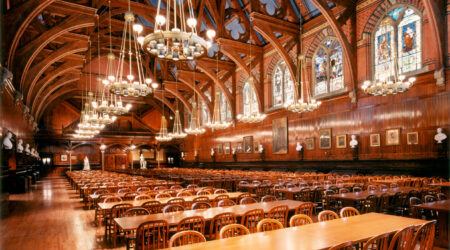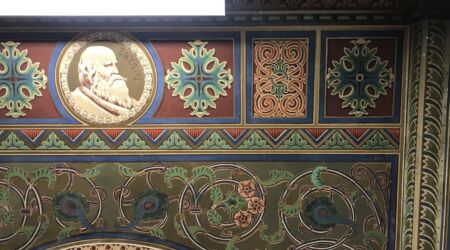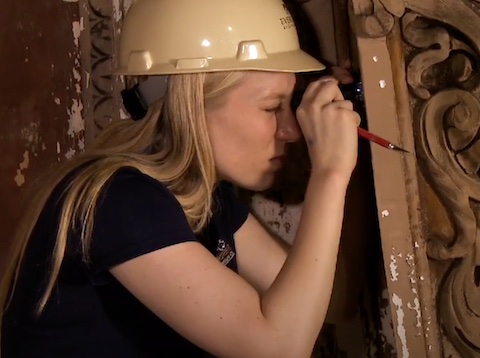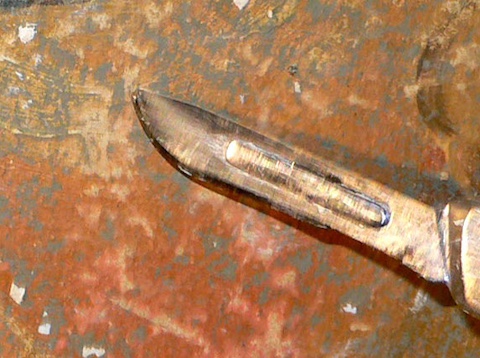Historic restoration and conservation are about more than preserving the physical structure of a building or object—they’re about maintaining the stories, craftsmanship, and cultural significance embedded within every detail. Among the most revealing aspects of historical artifacts are their finishes: the paints, varnishes, plasters, and other surface treatments that have been applied over time. Investigating these finishes is a critical step in any restoration or conservation project, offering insights that guide the preservation of both the aesthetic and historical integrity of the piece.
Historic finishes are time capsules. They provide a visual and material record of a building or object’s history. Each layer of paint or varnish tells a story, reflecting the tastes, technologies, and circumstances of the time in which it was applied. In some cases, finishes may even reveal evidence of past repairs or alterations, shedding light on the life cycle of the object or structure.
Understanding these finishes is essential for several reasons: Identifying original finishes allows conservators to preserve or replicate the authentic appearance of a historic structure or object, maintaining its historical accuracy. Historic finishes can also offer clues about the environment, socioeconomic conditions, and cultural influences of the time. For example, a particular pigment might be traced back to a specific geographic region, providing context for the object’s origin or use. And, knowing the composition and condition of historic finishes informs conservation strategies, helping conservators choose appropriate materials and techniques for treatment.
Techniques for Historic Finishes Investigation
The investigation of historic finishes is a meticulous process that combines scientific analysis with historical research. A variety of techniques are employed to uncover the secrets hidden beneath the surface:
Stratigraphy: This method involves carefully removing layers of finish to reveal the sequence of applications over time. By studying the layers, conservators can identify original finishes and understand how the appearance of a structure or object has evolved.
Microscopy: Cross-sectional analysis using microscopy allows conservators to examine samples at a microscopic level, identifying the composition of each layer. This technique can reveal details about the pigments, binders, and application methods used, offering clues about the materials and technologies available at the time.
Chemical Analysis: Techniques such as X-ray fluorescence (XRF), Fourier-transform infrared spectroscopy (FTIR), and gas chromatography-mass spectrometry (GC-MS) are used to identify the chemical composition of finishes. These analyses can determine the presence of specific pigments, resins, or other materials, helping to date the finishes and link them to historical production methods.
Color Matching: In cases where historic finishes need to be replicated, accurate color matching is crucial. Advanced colorimetric tools and software allow conservators to precisely match original colors, ensuring that restorations maintain the intended appearance.
Historical Research: Archival research complements scientific analysis by providing historical context. Records such as paint catalogues, architectural plans, and historical photographs can offer valuable information about the original finishes and their significance.
Applications in Restoration and Conservation
The insights gained from historic finishes investigations are invaluable in guiding restoration and conservation efforts. Whether working on a grand historic building, a treasured work of art, or a significant artifact, these investigations help conservators make informed decisions that respect the historical and cultural significance of the piece.
For example, in architectural restoration, identifying original paint colors and decorative schemes allows for accurate restoration of interior and exterior spaces. This not only preserves the aesthetic of the building but also honors its historical context, creating a more authentic and meaningful experience for those who visit or use the space.
In the conservation of artwork and objects, understanding the original finishes is essential for determining the appropriate conservation treatments. For instance, knowing that a particular varnish was applied in a previous restoration might lead conservators to choose a different approach, ensuring that their work does not inadvertently alter or damage the original material.
Historic finishes investigations play a crucial role in the restoration and conservation of cultural heritage. By peeling back the layers—both literally and figuratively—conservators gain a deeper understanding of the past, enabling them to preserve it more effectively for future generations. These investigations are a testament to the importance of craftsmanship and material history in our understanding of cultural heritage, ensuring that the stories told by these historic finishes continue to be heard.

